10F, Building B, Erqi Center, Erqi District,
Zhengzhou City,
Henan Province, China
Wit:+86 15138685087
(WhatsApp/Wechat)

10F, Building B, Erqi Center, Erqi District,
Zhengzhou City,
Henan Province, China
Wit:+86 15138685087
(WhatsApp/Wechat)
Hot rolled steel and cold rolled steel are two very common types of steel. The main difference between HR and CR steel lies in how these metals are processed. By definition, hot rolled steel is the steel that is heated and rolled at high temperatures (1000 ℃+); while cold rolled steel uses hot rolled steel as a material and is rolled at room temperature. Different forming processes have a great influence on the structure and properties of steel, as well as its appearance, price and uses. Below let’s review more information about hot rolled steel vs cold rolled steel.
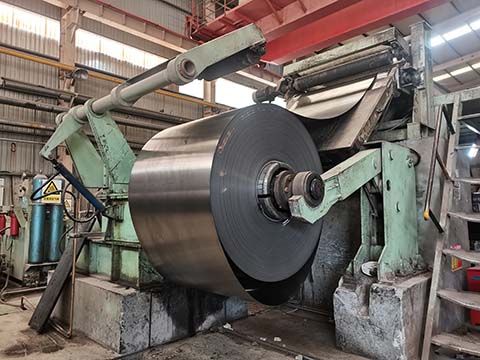
Hot Rolled Coil
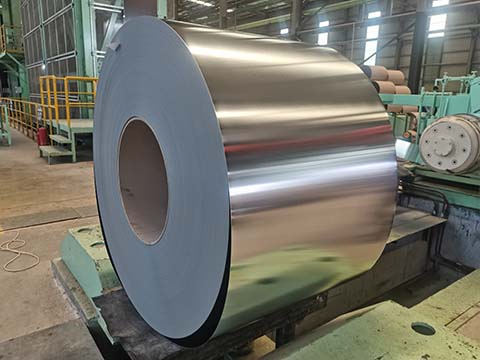
Cold Rolled Coil
Hot rolled steel (HR steel) uses steel billets as raw material. It is heated and rolled at high temperatures (over 1,700°F), which is above the recrystallization temperature of steel. At high temperatures, it is easy to roll. Cold rolled steel (CR steel) is made from hot-rolled coils and further rolled to a desired thickness at room temperature (450-600℃), which is below the recrystallization temperature. Obviously, the difference between cold-rolled steel and hot-rolled steel is in the rolling temperature. To put it simply, the general steel production process is as follows:
Ironmaking → steelmaking → continuous casting → hot rolling (hot rolled products)→ pickling → cold rolling (cold-rolled products)
The steel billets are heated in a heating furnace first. When the temperature rises above the recrystallization point, the billets will be rolled and shaped through rough and finished rolling equipment. After repeated extrusion and propulsion, the steel billets will be thinner and thinner and finally be rolled into the desired size. After cooling down, it will be rolled up into coils. This rolling process is continuous and automated and it takes less than 2 minutes.
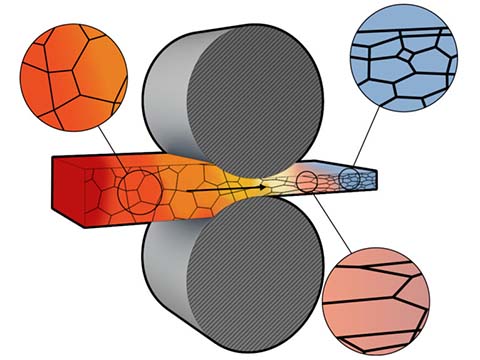
Hot Rolling Process
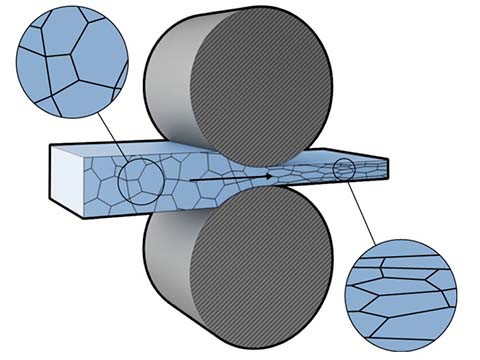
Cold Rolling Process
The cold rolling process generally includes raw material preparation, pickling, cold rolling (at room temperature), degreasing, annealing (heat treatment), finishing, etc. It uses hot rolled steel as material. Before rolling, it is necessary to clean the steel surface first. Then roll the steel sheet with rolling mills. The purpose of degreasing is to remove the lubricating grease attached to the surface during rolling. While annealing aims to eliminate the hardening caused by cold deformation through recrystallization.
Hot-rolled products have excellent properties, such as good plasticity, good weldability, good toughness, etc. Compared with hot rolled steel, the strength and hardness of the cold rolled steel are higher, but its toughness and plasticity are worse. Here is a comparison of hot rolled and cold rolled steel properties.
| Properties | CR Steel | HR Steel |
| Tensile Strength | 85,000 psi (585 Mpa) | 67,000 psi (460 Mpa) |
| Yield Strength | 70,000 psi (480 Mpa) | 45,000 psi (310 MPa) |
| Elongation in 2” | 28 | 36 |
| Brinell Hardness | 167 | 137 |
| Reduction of Area | 55 | 58 |
As shown in the table, cold-rolled steel is about 20% stronger than hot-rolled steel. Both tensile strength and yield strength of cold rolled steel are higher than that of HR steel.
The surface of the steel is prone to forming iron oxide scale at high temperatures, which makes the surface of the hot-rolled steel rough and scaly. After being oxidized, its surface is dark gray. Without pickling, the non-rusted surface is purple-black; while the rusted surface is red. However, if the rolling process occurs at room temperature, there is no scale produced. That’s why the CR steel has a better surface finish, which looks glossy and smooth. Therefore, if there is a higher requirement for the coating quality, painting, etc., CR steel will be a better choice.
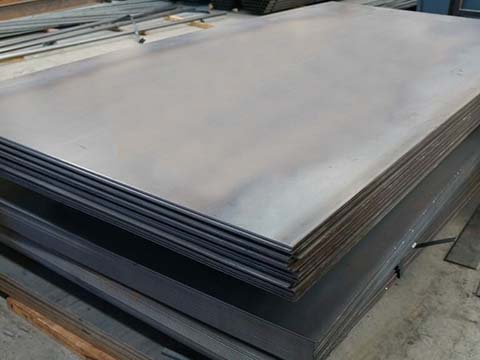
HR Sheet
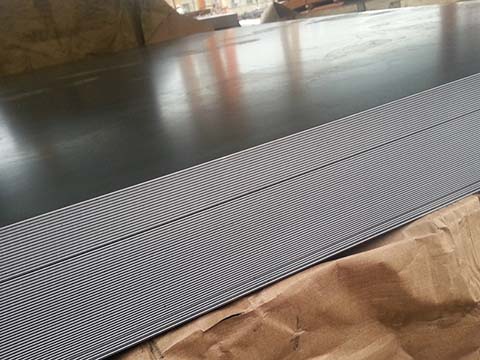
CR Steel Sheet
Cold rolled steel has smaller dimensional tolerances and higher accuracy compared to hot rolled steel. Also, the CR steel sheet can be much thinner than the HR sheet. Here are more specifications for your reference.
| Items | Thickness | Tolerance |
| Hot Rolled Steel | 1.0mm – 20mm | 2-5% (0.14-0.8mm) |
| Cold Rolled Steel | 0.1mm – 4mm | 0.01-0.05mm |
Hot rolled steel is cheaper than cold rolled steel because its rolling efficiency is higher and it requires less processing than cold rolled steel.
Why is cold-rolled steel more expensive?
As mentioned, CR steel uses HR steel as a material. It means the CR steel manufacturing process is more complicated. Besides, CR steel is more expensive due to its advantageous features, such as higher dimensional accuracy, better surface, etc.
It refers to a steel sheet, of less than 4mm in thickness, which is made of common carbon steel. The Chinese codes (GB) include Q195, Q215, Q235, and Q275. Here Q stands for the yield point; numbers 195, 215, 235, and 275 respectively represent the yield strength (MPa N/mm2). Among them, Q235 steel is the most widely used. According to the Japanese standards (JIS), the common codes include SPCC, SPCD, and SPCE. Here S refers to steel, P for plate, C for cold rolling, the fourth C for common uses, D for drawing, and E for deep drawing. In terms of German standards, there are ST12, ST13, ST14, ST15, and ST14-T. St is for steel, 12 for common uses, 13 for drawing steel, 14 for deep drawing, and 15 for extra-deep drawing steel.
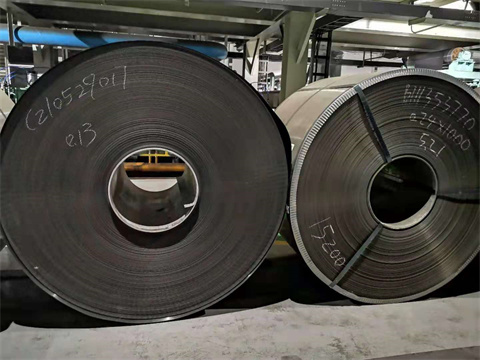
Hot Rolled Coils in Stock
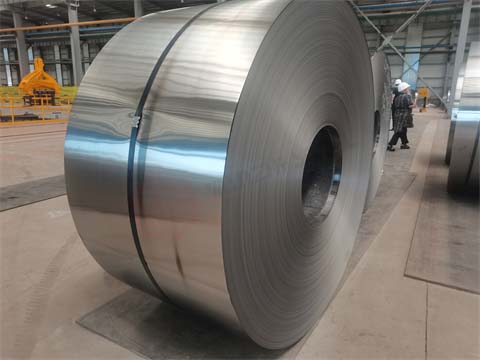
Cold Rolled Coil
1. Lower cost;
2. Higher ductility and toughness;
3. Better workability.
1. Higher accuracy;
2. Better surface;
3. Higher strength properties.
Cold rolled steel is widely used as the base metal of galvanized sheet or color coated steel due to its smooth surface. Besides, it is also suitable for the applications which require closer tolerances, such as the automobile industry, electrical products, precision instruments, metal furniture, structural parts, household appliances, metal containers, computer cabinets, etc.
Because of its high strength, good toughness, and good weldability, HR steel is widely used in shipbuilding, automobile, construction, machinery, pressure vessel, and other industries. Some common uses for hot rolled steel are structural sections, such as angle steel, channel steel, I-beams, H-shaped steel; plumbing, pipe couplings, truck rims, railroad tracks, and so on.
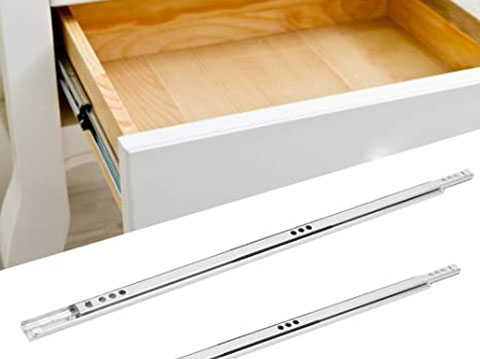
Drawer Runner
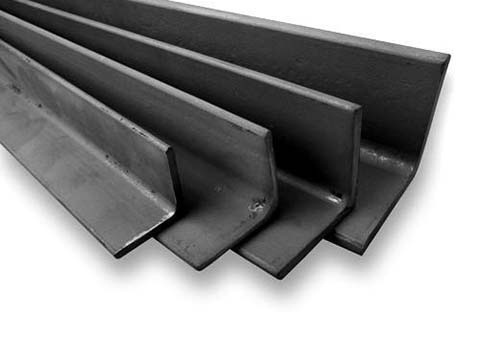
Hot Rolled Steel Angle
It is important to understand the differences between hot and cold rolled steel when choosing the right material for your projects. To conclude, the hot rolled steel is more affordable. But cold rolled steel can meet higher demands. At Wanzhi Steel, we have both hot rolled steel and cold rolled steel coils and sheets for sale. The thickness available ranges from 0.2mm to 4 mm. As a global steel products supplier in China, we have been providing quality products and services for decades. Welcome to contact us for more details!





